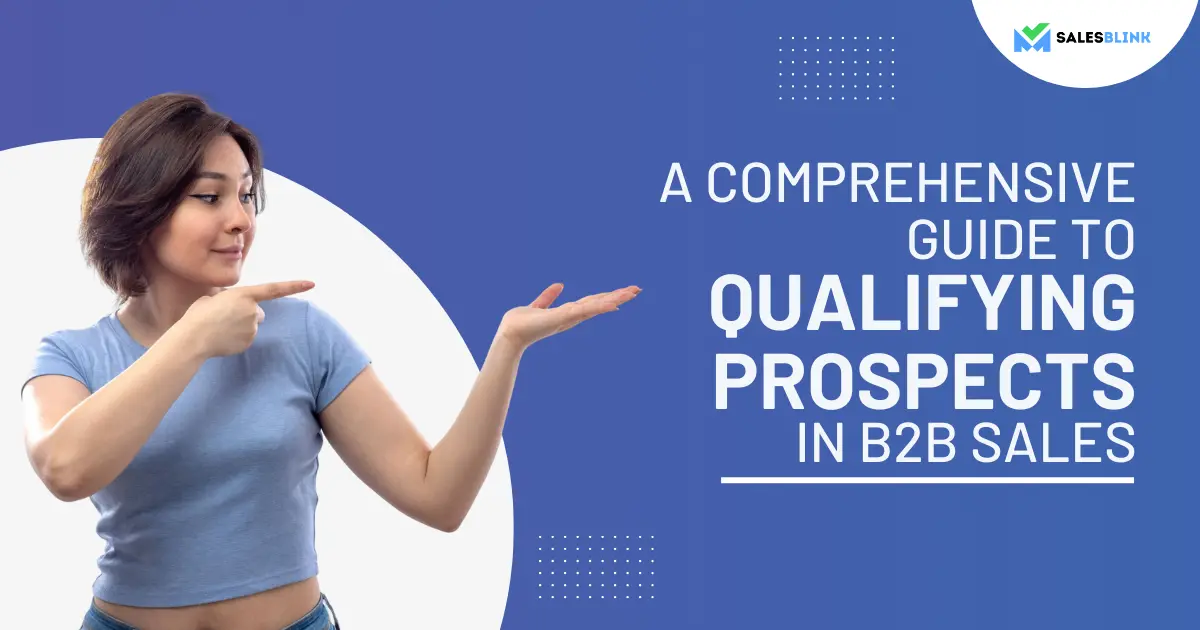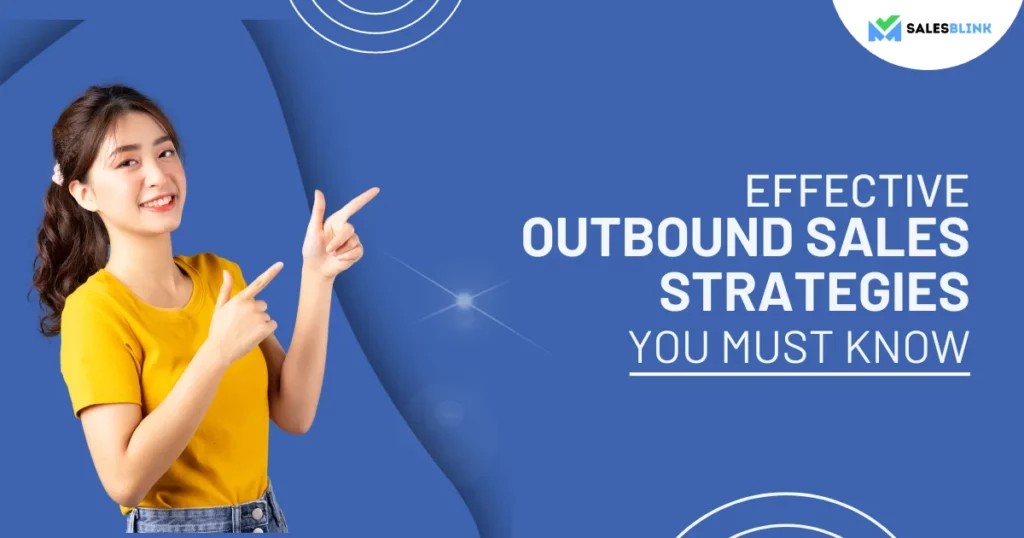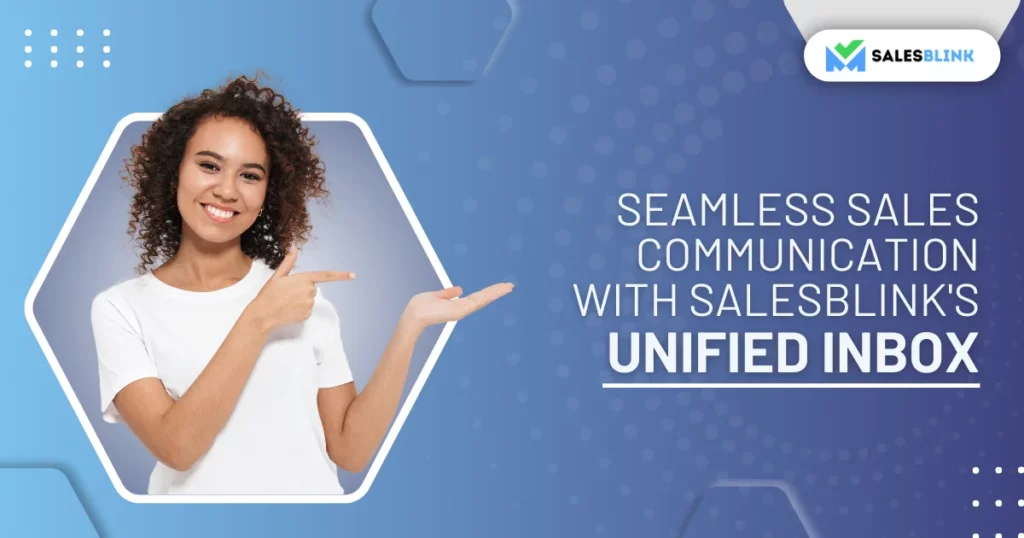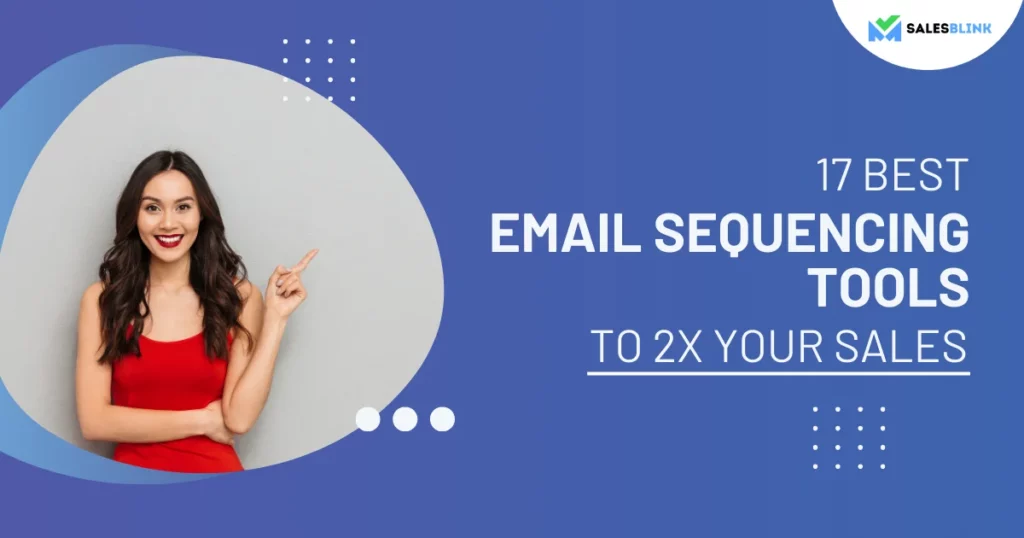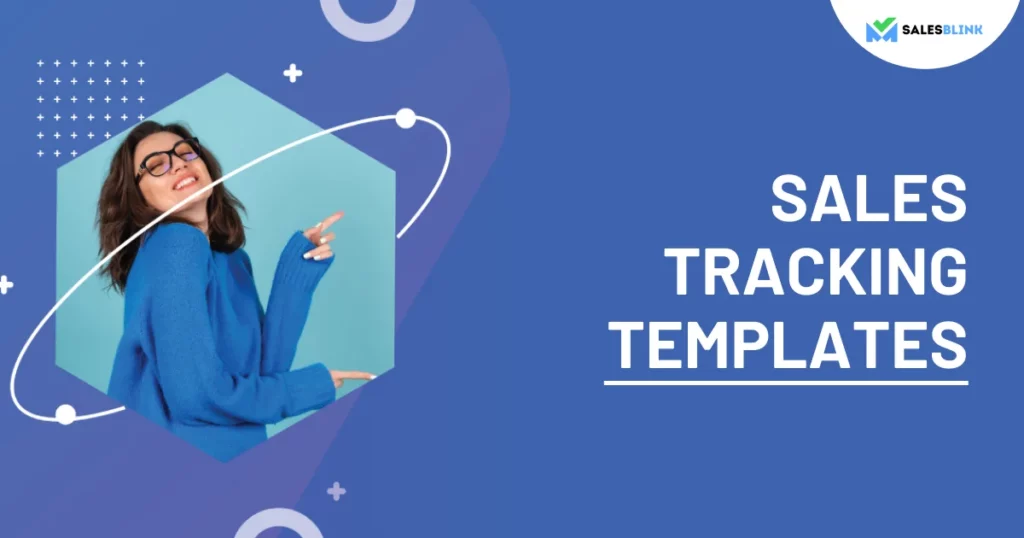A Comprehensive Guide to Qualifying Prospect in B2B Sales
You would be surprised to know that 67% of lost sales is because of not qualifying prospects initially. This clearly shows why you can’t sideline prospect qualification.
If you are new to the sales world, you may not know how to qualify prospects.
Don’t worry, we have your back. In this easy-to-understand guide, we’ll walk you through the process of qualifying prospects in B2B sales. There are simple steps to help you find those perfect customers.
Whether you’re wondering how to find prospects, build a sales prospect list, or understand the lead qualification process, we’ve got you covered. So, get ready to learn how to spot the ideal prospects and close deals like a pro! Let’s dive in!
Table of Content
- What Is Sales Qualification?
- Why Is Sales Qualification Important?
- What Are The Steps In The Sales Qualification Process?
- What Is A Qualified Prospect?
- Levels of Prospect Qualification
- When to Disqualify Prospects?
- How Can You Assess A Potential Customer Using Lead Qualification Frameworks?
- Qualify Prospects Smartly For Successful Sales Growth!
- FAQs
What Is Sales Qualification?
Sales qualification is when a sales rep decides if a prospect is right for their products. Sales qualification is like figuring out if someone you just met is the right friend for you. In the world of business, it’s about finding out if a potential customer is a good fit for what you’re selling. Imagine you have a special cookie recipe, and you want to share it only with people who love cookies! In the same way, sales teams want to offer their products or services to people who are interested and can benefit from them.
To do this, sales teams use different techniques. They create lists of potential customers, ask them questions to understand their needs, and see if they match the ideal customer profile. It’s a bit like asking someone if they like sweets before giving them your cookie recipe.
Why Is Sales Qualification Important?
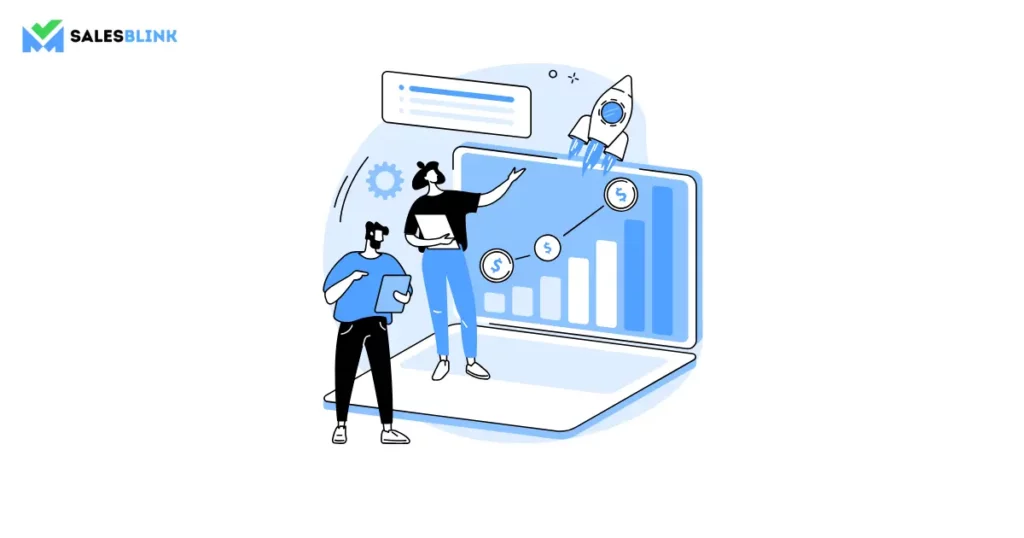
Sales qualification is crucial because it helps sales teams focus their energy on people who are more likely to buy, saving time and effort. Think of it as making sure your special cookies end up with the right cookie lovers – that way, everyone’s happy!
Let’s break it down further:
1. Improves Your Close Rates: By focusing on leads that meet your qualification criteria, you significantly improve your chances of closing a sale. Qualified leads are those who have a genuine need or interest in your product or service, have the budget to purchase, and are ready to make a decision. When you focus on these leads, you’re not wasting time on prospects who are unlikely to buy. This targeted approach leads to a higher close rate, making your sales efforts more efficient and effective.
2. Delivers a Personalized Experience: In today’s market, personalization is key to winning over customers. Prospect qualification allows you to gather detailed information about your prospects – their needs, challenges, preferences, and decision-making processes. This enables you to tailor your sales approach, communication, and solutions to meet the specific needs of each prospect. Personalized interactions have a higher chance of resonating with your prospects, making them feel valued and understood, which in turn increases the likelihood of a sale.
3. Increases Customer Retention: When you qualify leads effectively, you’re not just closing deals; you’re also acquiring customers who are a good fit for your product or service. These customers are more likely to be satisfied with their purchase, as it genuinely addresses their needs and challenges. A satisfied customer is more likely to become a repeat customer and recommend your brand. By ensuring a good fit from the start, sales qualification contributes to higher customer retention rates, which is vital for long-term business growth and success.
What Are The Steps In The Sales Qualification Process?
In sales, you need to know who your ideal customers are and how to spot them in a crowd. This process of finding the right customers is called sales qualification. We’ll walk you through the steps of the sales qualification process.
1. Create Ideal Customer Profiles and Buyer Personas
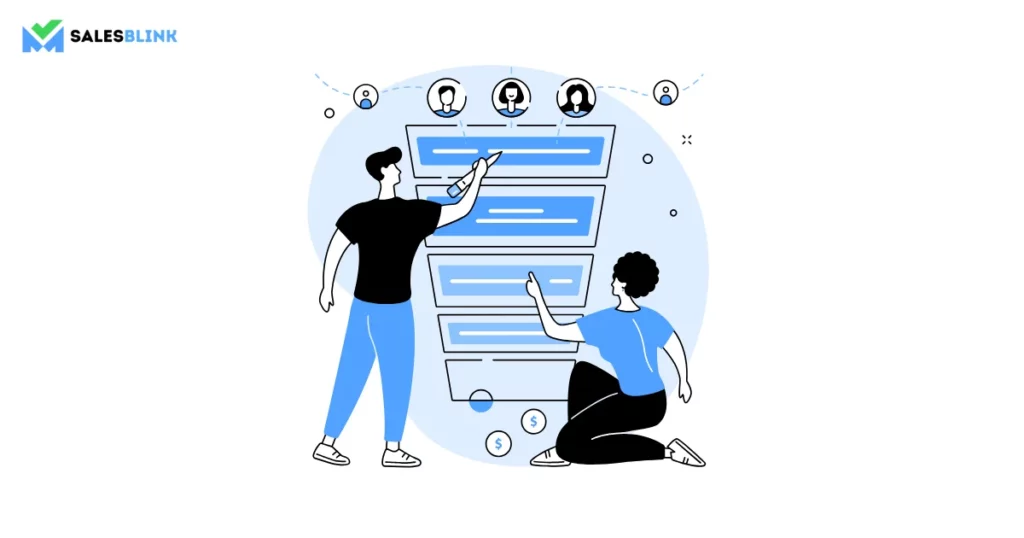
Identify potential customers who align with your business by understanding their preferences, needs, and challenges. This is similar to creating a guest list for a party—invite those who share similar interests and fit your product or service.
2. Set Up a Lead-Scoring System
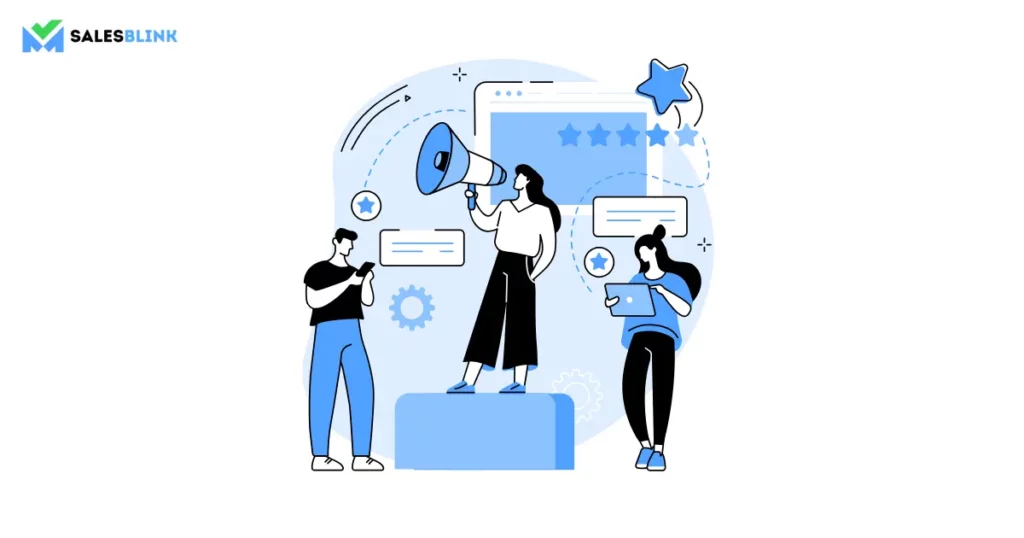
Not all prospects are the same. Rank them based on their likelihood to buy using a scoring system. Similar to rating movies, higher scores signify better prospects.
3. Research Prospects Before Contact

Before engaging with someone, gather information about them. It’s like getting to know a new friend, learning about their interests, profession, and problems they face. Online research helps tailor your approach to their needs.
4. Ask Sales Qualifying Questions

Engage prospects with relevant questions to gauge if your offering fits their requirements. Just as you wouldn’t switch topics abruptly in a conversation, these questions guide you to understand if your product or service aligns with their needs.
5. Decide Whether to Dig Deeper
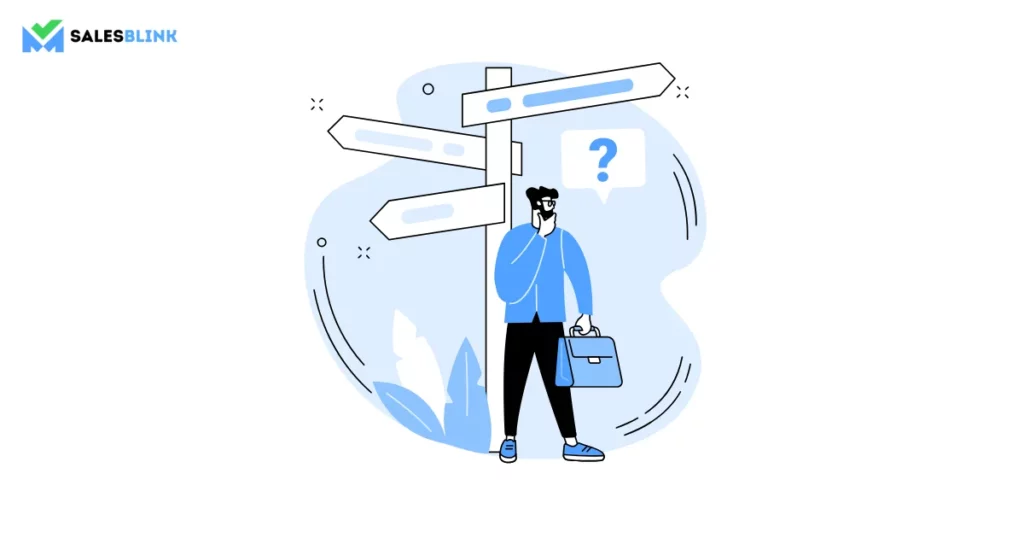
Sometimes, more than surface-level information is needed. If necessary, probe further by asking more detailed questions to uncover specific needs and concerns that may not be immediately apparent.
6. Establish Next Steps
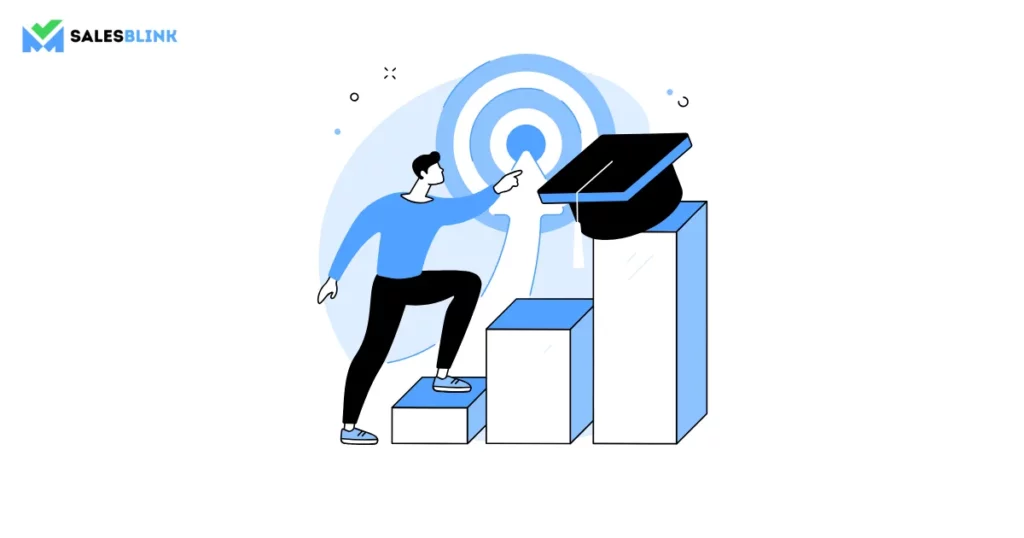
After understanding the prospect better, plan the next move. Set follow-up actions such as arranging calls, providing additional information, or scheduling demos. These steps advance you toward closing a sale.
Qualifying prospects might sound complicated, but by following these simple steps, you can find the right customers for your business. Just like making new friends, it’s about understanding each other and finding common ground. So, go ahead, create those profiles, ask those questions, and establish those connections.
What Is A Qualified Prospect?
Qualifying prospects might sound like a fancy term, but it’s actually quite simple! Imagine you’re looking for someone to join your soccer team. You don’t just pick anyone; you want someone who can play well and fits in with the team. Similarly, in the sales world, a qualified prospect is someone who’s a perfect match for what you’re selling. Let’s break down what makes a prospect qualified:
1. Clear Pain Points
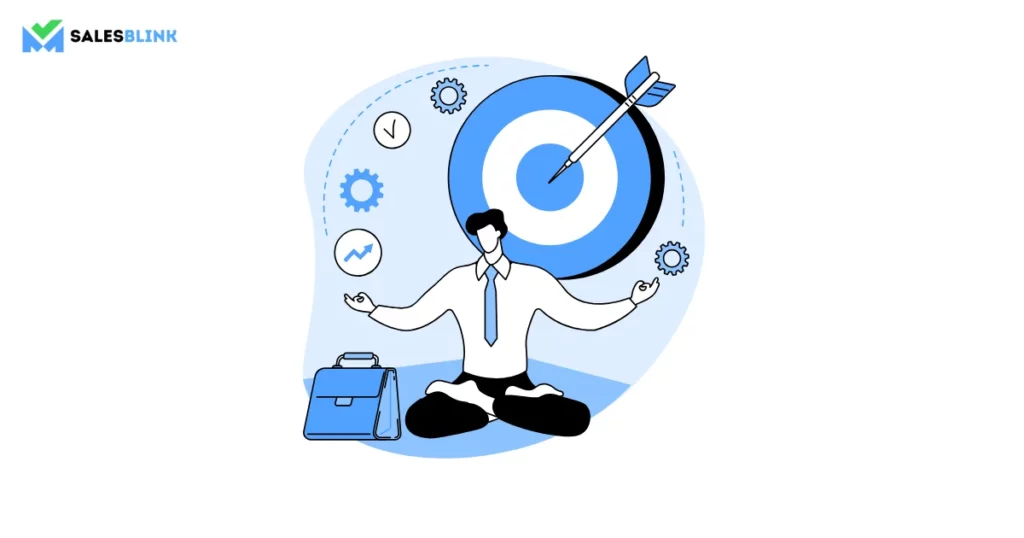
The most fundamental aspect of a qualified prospect is their clear understanding of a problem or need that your product or service can solve. These pain points should be well-defined and align with the solutions you offer. The prospect should be actively seeking a solution, indicating a genuine need for your product or service.
2. A Budget
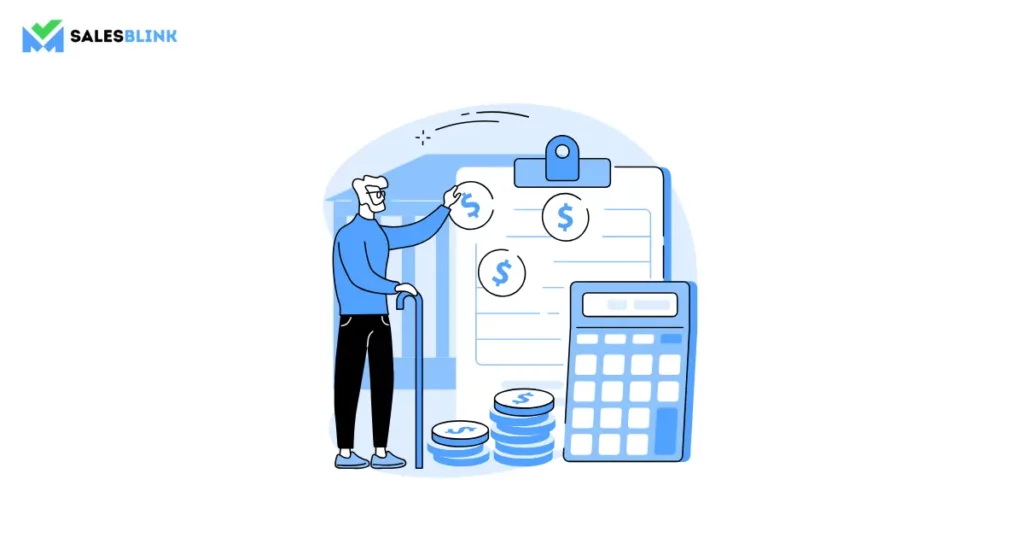
A qualified prospect has a budget allocated for the solution they are seeking. This ensures that the prospect is not only interested but also financially prepared to make a purchase. Understanding a prospect’s budget helps in tailoring the sales approach to offer solutions that are within their financial reach.
3. Purchase Power
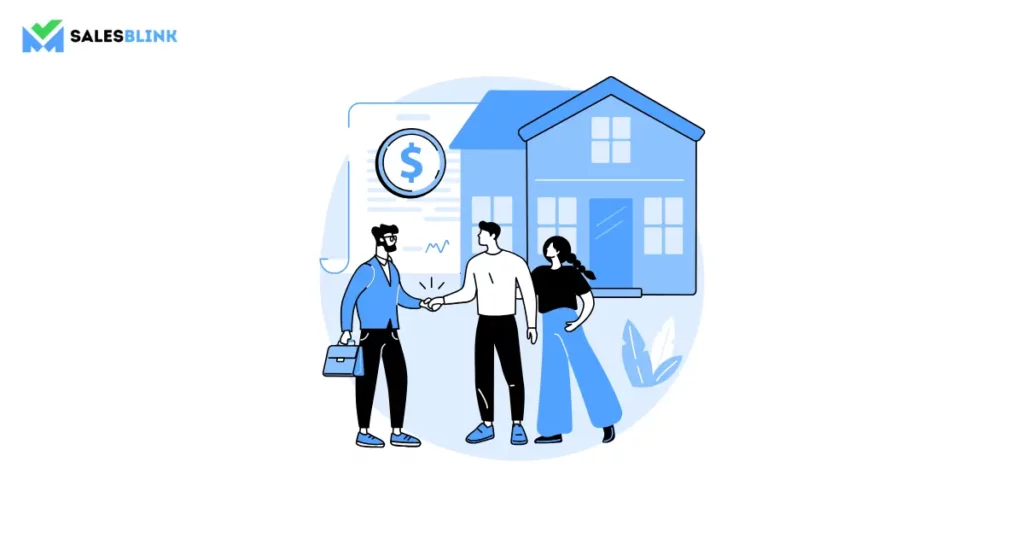
The individual or entity you’re dealing with should have the authority to make purchasing decisions. In B2B scenarios, this often means engaging with decision-makers or key influencers within an organization. In B2C, it’s about ensuring the prospect has control over their purchase decisions.
4. A Deadline or Strict Timeline
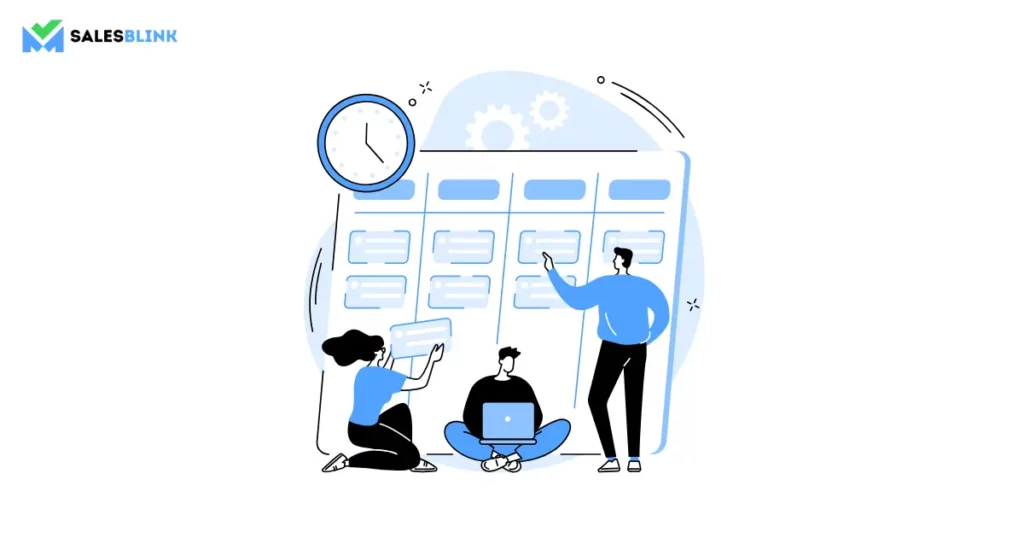
A qualified prospect often has a specific timeline within which they intend to resolve their issue or fulfill their need. This urgency indicates a high level of seriousness about the purchase and a greater likelihood of a swift sales cycle.
5. A Mutually Beneficial Relationship
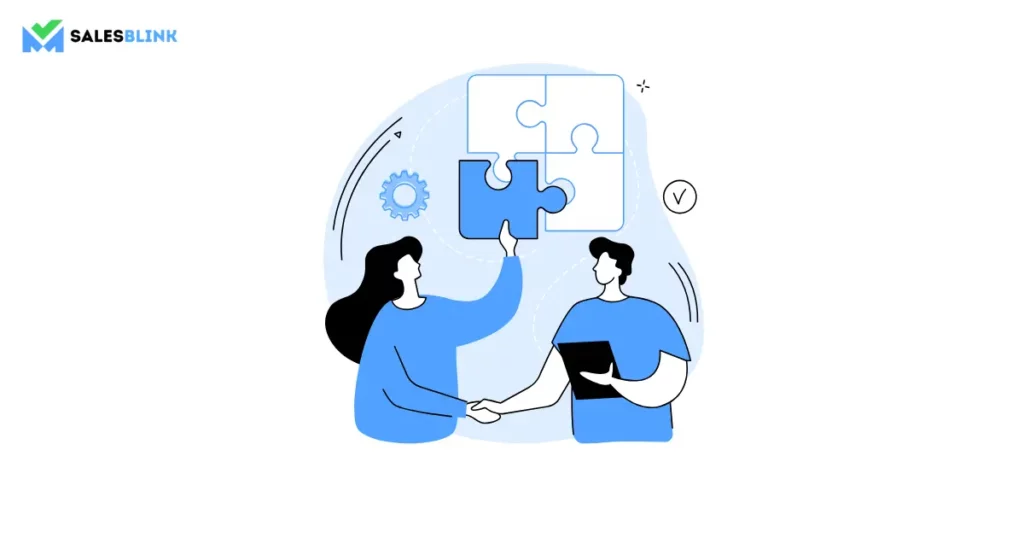
Finally, a qualified prospect is one where the relationship is mutually beneficial. Your product or service should not only meet their needs but also offer them value that justifies their investment. This mutual benefit lays the foundation for a lasting customer relationship.
Overall, a qualified prospect is one who has a clear need, the budget to invest, the authority to decide, a sense of urgency, and seeks a solution that provides mutual benefits. Identifying these traits early in the sales process can increase the efficiency of your efforts.
Levels of Prospect Qualification
When it comes to finding the right customers for your business, there’s a lot more to it than meets the eye. You can’t just throw a dart and hope for the best! Instead, you need a plan. That’s where prospect qualification comes into play. Let’s break it down into three easy-to-understand levels.
1. Organization-Level Prospect Qualification
Check potential customers against your company’s offerings. To make your business work well, it’s important for things to fit together like puzzle pieces. To find potential customers, look for those who are a good match for your products and services and can help you reach your business goals. When you find the right people, you can work together and complete your business goals.
2. Opportunity-Level Prospect Qualification
To find good opportunities, you need to think about what customers want. Also, consider how much money you have and how urgent things are. It’s similar to distinguishing between a game worth playing and a waste of time. To tell real prospects from pointless ones, see if they match what your business offers. Be on the lookout for these alignments. They show an opportunity for a beneficial partnership. This can help both parties involved.
3. Stakeholder-Level Prospect Qualification
Identifying key decision-makers within a company is essential. Engaging with these individuals, who have the authority to greenlight initiatives, is paramount. Understanding their roles and responsibilities in the decision-making process is crucial. To do well in business, focus on influential people who can make big changes and build profitable relationships.
By following these three levels of prospect qualification, you’re not just shooting in the dark. You’re targeting your efforts, aiming for the right opportunities, and connecting with the people who matter. So, next time you’re wondering how to find the perfect customers, remember these levels. It’s like putting together a puzzle: start with the big picture, focus on the right opportunities, and connect with the key players.
When to Disqualify Prospects?
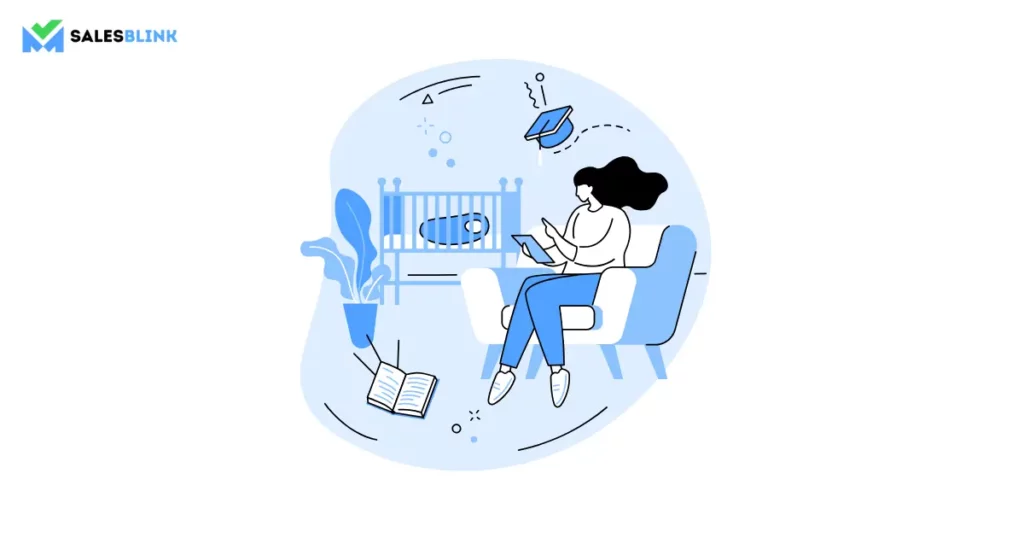
When should you disqualify prospects? Well, there are a few reasons:
1. Not Interested
If someone shows zero interest in what you’re selling, it’s time to move on. If they’re not excited, chances are they won’t buy.
2. Wrong Fit
Imagine you’re selling winter coats, but the person you’re talking to lives in a place where it never snows. They don’t need a winter coat! If your product or service doesn’t solve their problem, it’s best to disqualify them.
3. Can’t Afford It
Some people might love what you’re offering but simply need help to afford it. It’s sad, but it happens. You want to save their time and yours if they can’t buy.
4. Too Demanding
If a prospect keeps asking for things that are far from what you can offer, it might not be worth pursuing. You want a partnership, not a one-sided relationship.
Disqualifying prospects may seem scary at first, but it’s a natural part of the business. By focusing on the right prospects, you can use your time and energy more effectively. Remember,
Qualifying prospects is about finding the best match, like making friends – you want people who appreciate what you bring to the table!
How Can You Assess A Potential Customer Using Lead Qualification Frameworks?
One of the most effective methods of qualifying prospects is by using lead qualification frameworks. These frameworks are like handy tools that help you identify the best prospects for your business. Let’s take a look at three popular ones: BANT, CHAMP Sales, and GPCTBA/C&I.
1. The BANT Qualification Framework
BANT stands for Budget, Authority, Need, and Timing. BANT helps you figure out if the person you’re talking to has the money (Budget), the power to make decisions (Authority), a genuine need for your product or service (Need), and if they’re ready to make a purchase soon (Timing). If someone meets these criteria, they’re a strong prospect.
2. CHAMP Sales
CHAMP Sales focuses on Challenges, Authority, Money, and Prioritization. It’s all about understanding the problems or Challenges your potential customer is facing, figuring out if they have the Authority to make a decision, ensuring they have the money to invest, and determining if your solution is their top Priority. If your prospect checks all these boxes, they’re a great fit for your product or service.
3. GPCTBA/C&I
When evaluating potential options, GPCTBA/C&I considers important factors: Goals, Plans, Challenges, Timeline, Budget, Authority, Consequences, and Implications. Delving into these elements helps comprehend your prospect’s landscape. Understand their Goals, Plans, and Challenges. Inquire about their Timeline and Budget. Identify the Decision-makers. Check the bad outcomes of unresolved problems and the good effects of your solution. Clear answers to these questions state a qualified lead.
Qualify Prospects Smartly For Successful Sales Growth!
So, you start by making a list of potential customers using tools like buying prospect lists and asking simple questions. Then, you focus on the kind of customers you want – your ideal customer profile.
Imagine you’re trying to find the best buddy for a fun adventure. You’d look for someone who shares your interests. That’s your buyer persona! By understanding this, you make sure you’re talking to the right people, just like finding a buddy who loves the same games or hobbies.
In the world of selling, this means you’re finding qualified prospects, those who are genuinely interested in what you’re selling. It’s not just about having a long list of names; it’s about having the right ones. Using the lead qualification framework and understanding your customer profile helps you do exactly that.
So, remember these simple steps: find prospects, ask questions, and focus on the ideal customers. Happy qualifying!
Also, don’t forget to thank us later.
FAQs
Q1. What is the sales qualification stage?
The sales qualification stage is when salespeople figure out if a prospect is a good fit for their product or service. They ask questions and assess needs to make sure the prospect is likely to buy.
Q2. What is a qualifying question?
A qualifying question is a simple query salespeople use to understand a prospect’s needs and interests. It helps them decide if the prospect is a potential customer. These questions help focus on the conversation.
Q3. What is a qualified sales opportunity?
A qualified sales opportunity means the prospect is a good match for what you’re selling. They have the need, budget, and authority to make a purchase. It’s a genuine chance to make a sale.
